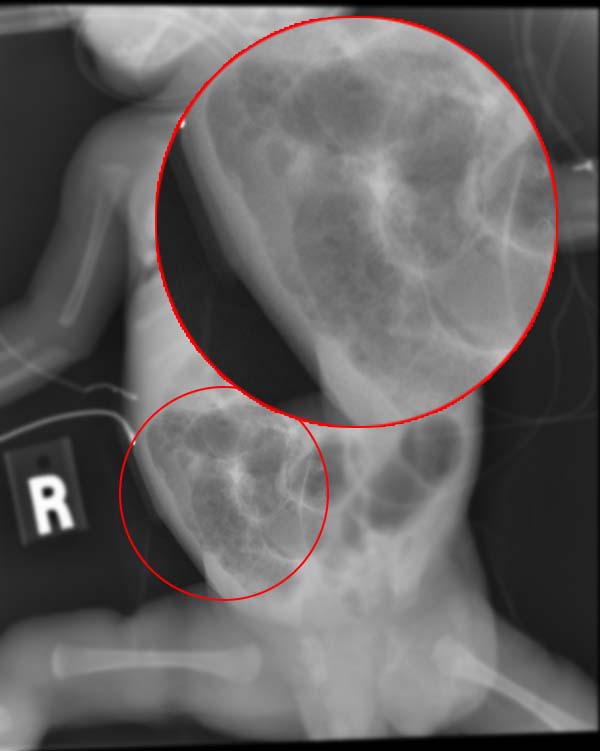Abstract
Of 187 newborns admitted to a 33-bed, level III neonatal intensive care unit between January 1, 1985 and June 23, 1985, 33 developed necrotizing enterocolitis during their hospital stay. Twenty of the 33 newborns (61%) had onset of symptoms between April 1 and June 23, suggesting clustering during this period. A case-control study, with matching on birth weight class, approximate date of admission to the unit and approximate duration of stay, failed to reveal any association of the syndrome with type or timing of feeding, perinatal hypoxic events, as determined by apgar scores and labor history, or specific microbial organisms. By contrast, however, transfusion of packed red blood cells was highly and significantly associated with the syndrome (odds ratio = 15.1, 95% confidence interval = 2.59-92.51). In addition, therapy with caffeine, with theophylline, and with furosemide were moderately associated with the syndrome, although not significantly so. During this outbreak period, the incidence of necrotizing enterocolitis by birth weight was 30.6% in infants less than 1,500 gm, 10.8% in infants 1,500-2,500 gm, and 11.9% in infants 2,500 gm or more. These findings confirm the importance of low birth weight as a risk factor for development of the syndrome and suggest that insults to volume homeostasis, such as transfusion and use of diuretics, need to be considered as possible mechanisms whereby necrotizing enterocolitis is initiated.
McGrady GA, Rettig PJ, Istre GR, Jason JM, Holman RC, Evatt BL
Am. J. Epidemiol. 1987 Dec;126(6):1165-72
PMID: 3687923
McGrady-1987-AJ-Epi-NEC1